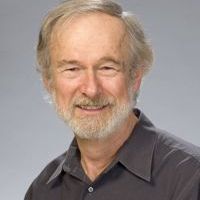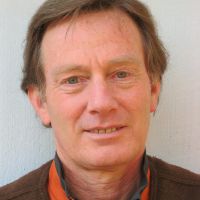Battin et al., 2008
Biophysical controls on organic carbon fluxes in fluvial networks
Battin, T. J., L. A. Kaplan, S. Findlay, C. S. Hopkinson, E. Marti, A. I. Packman, J. D. Newbold, and F. Sabater (2008)
Nature Geoscience 1:95-100
-
Christina, INVESTIGATOR
-
Christina, INVESTIGATOR
Plain English Summary
Funding
NSF Award No. DEB-0424681 Title: LTREB: Stream ecosystem structure and function within a maturing deciduous forest. Duration: August 2004–July 2009. Principal Investigator: L. A. Kaplan. Co-principal investigators: A.K. Aufdenkampe, T. L. Bott, J.K. Jackson and J. D. Newbold.
Our work in this area is supported by the FWF (P16935-B03, S10005-B17) and ESF (I43-B06) to T.J.B., NSF (DEB-0516516, EAR 0450331) to L.A.K., NSF (OCE-0423565, DEB-0614282, BCS-0709685)to C.S.H., NSF (EAR-0408744) to A.I.P. and the Spanish Ministry of Education and Science to E.M. T.J.B. and A.I.P. are affiliates of NSF EAR-0636043.
Abstract
Metabolism of terrestrial organic carbon in freshwater ecosystems is responsible for a large amount of carbon dioxide outgassing to the atmosphere, in contradiction to the conventional wisdom that terrestrial organic carbon is recalcitrant and contributes little to the support of aquatic metabolism. Here, we combine recent findings from geophysics, microbial ecology and organic geochemistry to show geophysical opportunity and microbial capacity to enhance the net heterotrophy in streams, rivers and estuaries. We identify hydrological storage and retention zones that extend the residence time of organic carbon during downstream transport as geophysical opportunities for microorganisms to develop as attached biofilms or suspended aggregates, and to metabolize organic carbon for energy and growth. We consider fluvial networks as meta-ecosystems to include the acclimation of microbial communities in downstream ecosystems that enable them to exploit energy that escapes from upstream ecosystems, thereby increasing the overall energy utilization at the network level.
Citation
Battin, T. J., L. A. Kaplan, S. Findlay, C. S. Hopkinson, E. Marti, A. I. Packman, J. D. Newbold, and F. Sabater (2008): Biophysical controls on organic carbon fluxes in fluvial networks. Nature Geoscience 1:95-100. DOI: doi:10.1038/ngeo101
Explore Further


